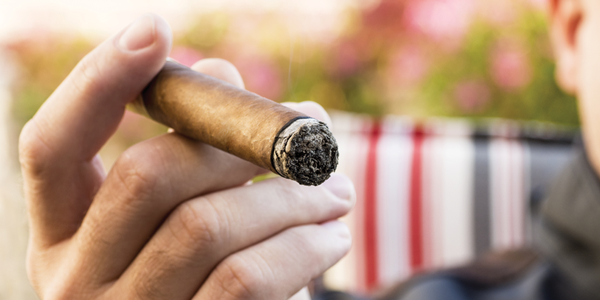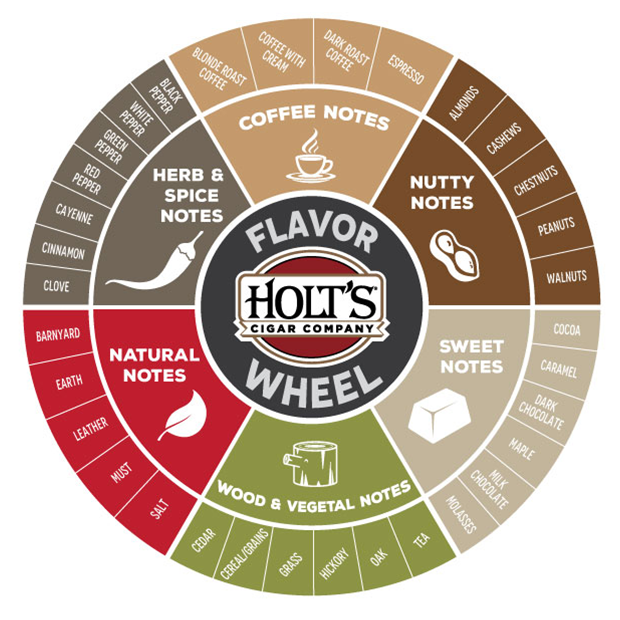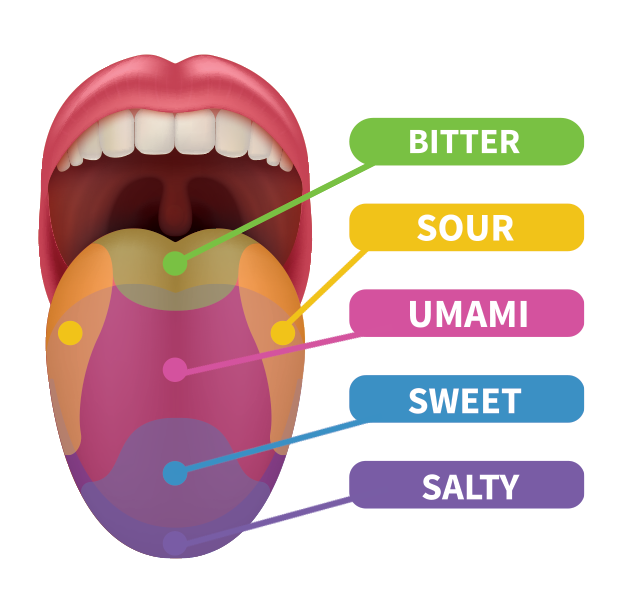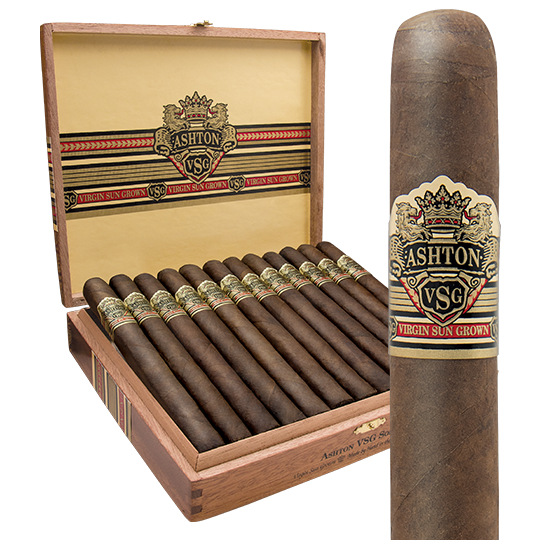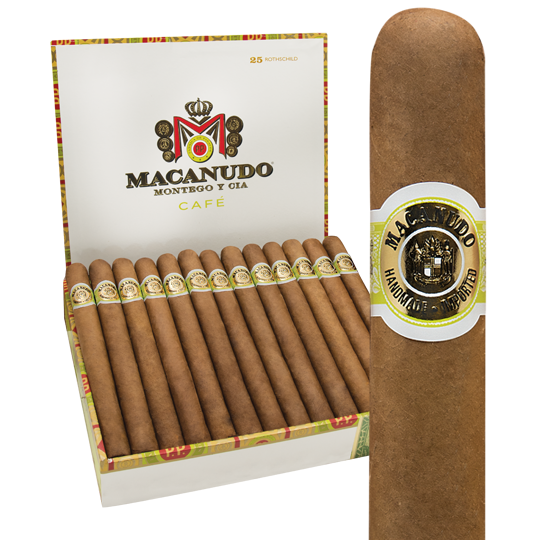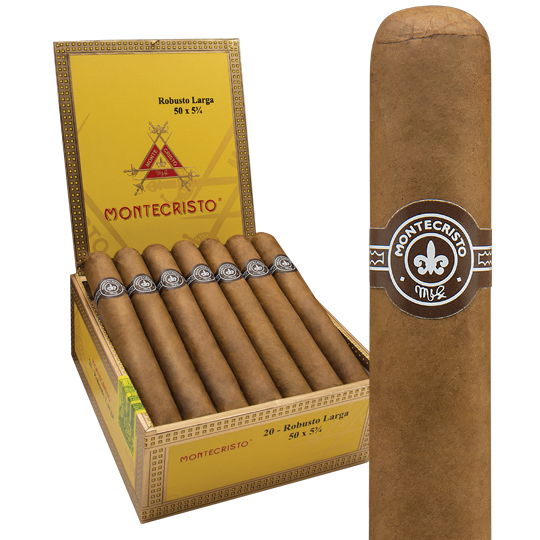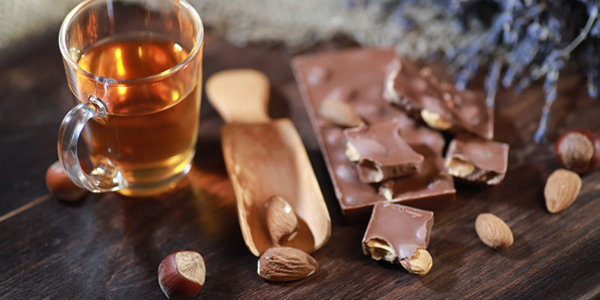How to Identify & Define a Cigar's Flavor Profile
Let’s talk about taste. What you taste when you smoke a cigar stimulates debate among many aficionados. How can you tell if a cigar tastes like cedar, leather, or coffee beans? What? You’ve never had leather for dinner before? You’re not alone.
Tasting cigars involves your sense of smell as much as your taste buds. Most of us can relate to the seductive scent we’re greeted with when we walk into a store that sells leather jackets. Premium cigars trigger strong reactions in your olfactory sense as much as your palate. We’re going to define the key components in a cigar’s profile – flavor, balance, body, strength, aroma, and finish.
Flavor, strength, and body are different but often confused because we apply “mild, medium, and strong” to measure each characteristic. A cigar can be mild in strength, but full in flavor and vice versa. Because flavor plays such a prominent role in how cigars are described, let’s first identify the most common tasting notes cigar lovers perceive.
Flavor
We use a lot of culinary terminology to describe the tasting notes of a cigar. You’ll find the following terms in many cigar descriptions: chocolate, dark chocolate, cocoa, coffee beans, espresso, almonds, cashews, toast, black pepper, cayenne, cinnamon, molasses, maple, mesquite, nougat, figs, earth, leather, and more. Common references to trees and plants include cedar, hickory, and oak. Cigars can be zesty, tangy, floral, and earthy, or even metallic at times. Of course, this is the tip of the iceberg. A cigar’s profile often changes during the different phases of tasting a cigar. A flavor wheel is a helpful guide for understanding the range of tasting notes premium cigars possess.
Tasting notes can spur controversy. Some reviewers will dissect a cigar’s flavors to an impractical level. I’ve never tasted ketchup, skittles, or salami in a cigar before, but I guess that doesn’t mean someone else hasn’t. Repugnant terms like petrol, pencil lead, tar, wet dog, and diesel have been applied to less-desirable cigars.
The bottom line: taste is subjective. A large contingent of cigar lovers readily profess they can only notice the taste of tobacco and smoke and that’s it. Why complicate things? Whether or not you perceive the same flavors as others shouldn’t alter your enjoyment of a cigar.
Cigars that include a greater range of tasting notes are considered full-flavored, while those with fewer are mild in flavor. Cigars with more tasting notes are also considered more complex. A cigar’s tasting notes often transition from beginning to end. As you smoke a cigar down, the heat from the lit end nears your palate and amplifies the cigar’s intensity. Smoke slowly to perceive more flavor. Taking longer, slower draws from your cigar will discourage your cigar from burning too hot and give you greater access to its tasting notes.
Helpful Tip: Cleanse Your Palate
In order to fully perceive a cigar’s flavors, be sure to cleanse your palate before you smoke. Sip on a glass of water or a beverage while you’re smoking, too. Staying hydrated keeps your palate sharp.
Balance
Balance goes hand in hand with flavor. Scientifically, the taste receptors on our tongues are designed to register five basic profiles: bitter, sour, salty, sweet, and umami.
A cigar is considered balanced when its flavor impacts the tasting regions on our tongue equally. A cigar that overwhelms one or two areas of the palate is unbalanced. A well-blended cigar will express a mix of creamy and spicy notes. Less-balanced cigars unleash excess bitterness or too much spice. Blending a cigar is like cooking an entrée. The cigar-maker will choose tobaccos that complement one another the way a chef carefully measures the ingredients in a dish to be in harmony when you taste them.
Body
Body refers to the density of a cigar’s smoke. Full-bodied cigars like San Cristobal Ovation and Ashton VSG cover the palate thoroughly with heavy, rich smoke. A mild cigar like Ashton Classic displays soft and easygoing body. Cigars that are mild in body are similar to light beer while full-bodied cigars resonate on the palate like an aged scotch. La Aroma de Cuba and Arturo Fuente Hemingway represent excellent medium-bodied cigars.
In conjunction with body is texture. Words used to characterize texture include leathery, meaty, silky, creamy, soft, succulent, woody, chalky, dry, oily, and spicy. Ashton Classic is soft and creamy. San Cristobal Ovation is woody and succulent. My Father Le Bijou 1922 is oily and spicy.
Strength
Strength describes a cigar’s nicotine content. In other words, strength is where we get a “buzz” from smoking cigars. Not all tobacco leaves are created equal. Intense Ligero leaves drawn from the upper sections of the plant harbor more nicotine than lower primings where Seco and Volado leaves are found. A cigar-maker blends a recipe of binder, filler, and wrapper tobaccos in a specific ratio for every cigar. Strong cigars rely on a blend with nicotine-dense leaves. Mild cigars are made with tobacco that contains less nicotine.
Not everyone’s nicotine tolerance is the same. But, it’s easy to agree My Father Le Bijou 1922, La Flor Dominicana Double Ligero, and Padron Family Reserve are strong cigars made from nicotine-rich tobaccos. Macanudo Cafe and Montecristo are very mild in strength. You could smoke them in the morning.
How fast you smoke a cigar can impact your perception of its strength. Nicotine can have a latent effect, which is why you may feel lightheaded when you first stand up after you smoke a cigar. Smoke your cigar gradually to avoid getting woozy.
Aroma
The best way to perceive a cigar’s aroma, or room note, is when someone else is smoking it in your proximity. Because you are not directly tasting the cigar by smoking it, you can truly isolate its aroma. Similar to a cigar’s body, its aroma can be leathery, silky, creamy, meaty, soft, succulent, or spicy.
Aroma is more closely associated with memory than taste. We recall our favorite meals (and cigars) by the way they smell over the way we remember them tasting. Retrohaling a cigar, or pushing the smoke out through your nose, is a way to directly engage with its aroma. Retrohaling can maximize a cigar’s intensity.
Finish
A cigar’s finish can be long or short. A short finish doesn’t linger or leave a residual aftertaste on your tongue. A lot of mild cigars reveal a short finish like Montecristo and Ashton Classic. That doesn’t mean they are not complex. A short finish is simply an indication the flavor they deliver departs when the cigar is done.
More intense blends like Oliva Serie V, La Flor Dominicana Double Ligero, and Cain Habano leave a long, lingering impression. You may taste the spicy, earthy, and woody flavors on your palate for a while after you’re done smoking. If you’re smoking two cigars back to back, save the stronger of the two for last. It’s easier to perceive the tasting notes of a second cigar when the first one is not lingering on your palate.

